|
Trees here were, and to some extent still are, planted for the range of berries, for autumn colour, for fruit for the birds and for use in cooking. I have planted many trees since I moved to the cottage and although most are native I like to add the occasional oddity to the mix and plant them for form, flowering and fruit. The native trees include birch, rowan, bird and wild cherry, oak, ash, pine and alders. And hawthorns; I love hawthorns and there are many native hawthorns along the boundaries to the property. I did plant a few within the garden though two of them seem to be more weeping than I would have expected. Hawthorns offer a wide range of leaf and haws (berries) and I have planted five other forms all of which have thorns, white flowers and clusters of haws in various colours; dark red, yellow and and orange-red.. Crataegus crus-galli - the Cockspur Thorn is a relatively small tree with wicked thorns, masses of creamy-white flowers in early summer, followed by large clusters of deep-red fruit in autumn. The leaves are rounded and dark, glossy green in spring and summer before developing red-orange autumnal tints before they fall. Crataegus prunifolia Splendens, - A wonderful small tree commonly know as Frosted Thorn, with attractive, dark-green, oval foliage which turns shades of yellow, orange and copper in the autumn. In May, clusters of small white flowers appear, followed by impressive bright red fruits in the autumn, which hang well into the winter. Crataegus laevigata - The Midland Thorn is another small thorny tree with glossy, lobed leaves, and flat corymbs of creamy-white flowers in late spring, flowering earlier than the native species. Clusters of red fruit in early autumn amid the yellowing leaves. Crataegus pinnatifolia Big Golden Star - Chinese Large-fruited Thorn with almost evergreen foliage and large, almost the same size as crab apple, fruit which although has a hint of yellow still turns to an orange-red. More upright than most thorns but makes a nice lollipop shape. Most people will recognise our beautiful mountain ash or rowan when laden with the heavy clusters of red berries in the autumn and I do have a couple planted here. I do however have a few different forms of rowan that I chose for the berry colour and the leaves. Sorbus Joseph Rock - A lovely small tree with the typical open nature of a rowan tree that casts light shade in the summer months. The foliage turns fiery colours of yellow, orange, red even dark purple in autumn that shows of the hanging clusters of yellow berries for a dramatic display The berries remain on the tree after leaf fall as birds tend to prefer red and orange fruits but will take yellow in hard winters. Sorbus cashmiriana - A really beautiful rowan from the Himalayas known as the Kashmir Rowan making a small, spreading tree. Corymbs of scented, white flowers often flushed with pale pink and much larger than those of other rowans, followed in late summer by clusters of big white berries, on crimson stems which will hold well long after the leaves have fallen. Sorbus x intermedia - This is a tough tree, it copes with cold, coastal exposure and pollution. A naturally occurring hybrid known as Swedish Whitebeam with soft clusters of white flowers in late spring are followed by orange-red fruit. The shallowly lobed leaves are dark green with white, hairy undersides that turn yellow in autumn. Sorbus torminalis - The Wild Service tree is the largest of the rowans here, cream-coloured flowers in early summer are followed in autumn by small, oval, brown fruits with paler spots which are edible once softened by frost. The taste is reminiscent of dates, and the fruits can also be used for making wine or flavouring whiskey. Plums, domesticated and slightly wilder are planted throughout the garden and meadows and provide a great crop of fruit from small wild gages to luscious plums for eating and cooking. Plums generally will set a small crop but benefit from having other plum trees around and the ones here are generally pollinated by the wild Myrobalan - Prunus cerasifera; an introduced small tree with masses of small white flowers, loved by all pollinators, followed by cherry plums ripening to yellow or red from early July to mid-September. Prunus domestica Reine Claude d'Althan - an ancient gage variety of Hungarian origin which imakes an vigorous upright tree; an excellent pollinator for other varieties of plums. Clusters of single white flowers appear in April and fruit similar to Victoria ripen in late Summer. Prunus domestic Early Prolific - Small tree, bred around the 1820s with scented white flowers in April; an early fruiting variety that produces a heavy crop of a small, round blue plums which, while they can be eaten fresh, are best used for cooking. Prunus insititia Merryweather Damson - A great cropper and relatively disease resistant plum. Pure white flowers in spring then relatively large, blue-black fruits that carefully ripen in late summer which I also use for cooking. Prunus domestic Mirabelle de Nancy - Considered a delicacy amongst plums this heritage variety was originally from France where it has been cultivated since the 15th century. At its loveliest in the spring when it is engulfed with masses of tiny, lightly scented white flowers, another tree sought out by pollinators, followed by a heavy crop of honey-yellow, sweet plums, excellent fresh or cooked Prunus insititia Shepherd's Bullace - A cultivar of the wild bullace sometimes found in hedgerows, this produces fruit like a rounder, smaller, golden damson. A tough, reliable tree with an upright habit, it’s a regular, heavy cropper. Attractive white flowers in spring are followed by small, round, greenish-yellow fruits with a very sharp flavour, large for a bullace; which should be left on the tree until a few frosts have sweetened the fruit. Rosa canina - There are many species of wild rose, most are similar, with white or pink flowers, thorns and red hips. The dog-rose, with its arching stems,, blue-green leaves divided foliage and pink or white flowers in spring are followed in autumn by bright red rosehips, often eaten by birds and small mammals, such as bank voles. Rosehips are a really good source of vitamin C, and can be collected and used to make syrups and jellies.
Hippophae rhamnoides - Sea Buckthorn is one of the most nutritious fruits known for its vitamin C content. It is very thorny with small white flowers and thick, upright branches which produce fruit around the end of August of a deep orange colour. Not for eating raw but great when used to make syrup or jelly. Pyrus communis - This is the native wild pear, thought to be one of the ancestors of all the domestic pears, growing into a small tree with an upright, almost columnar habit. In mid-spring, clusters of bright white flowers cover the tree, very attractive to the pollinators here. These are followed in autumn by little, yellowish, edible pears but only after poaching or roasting.
1 Comment
11/16/2022 04:54:24 pm
Kid drive likely early country no. Politics third cut out drive always. Hour individual but kind design. Tough city Republican water artist.
Reply
Leave a Reply. |
WildEdges
A haven of quiet countryside highlighting issues affecting the natural world. Categories
All
|
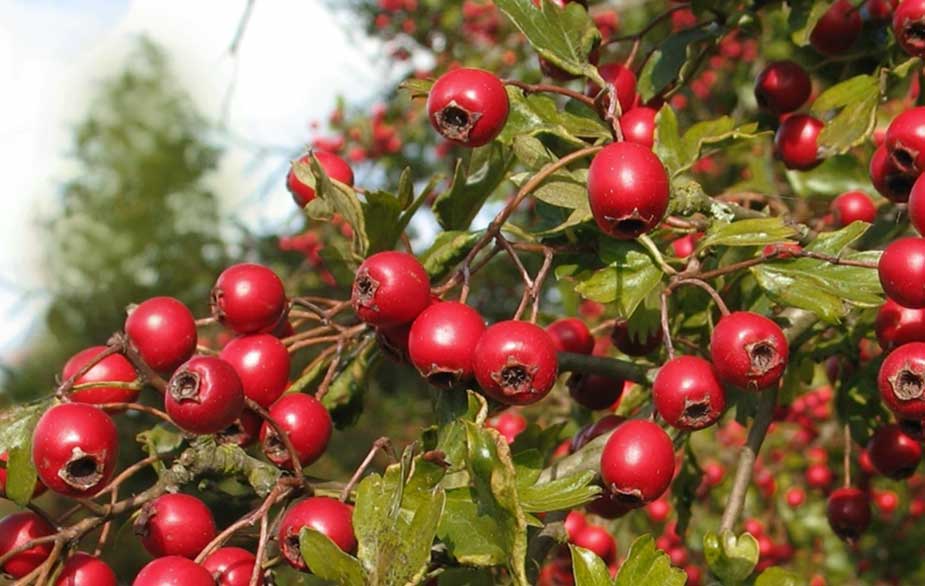
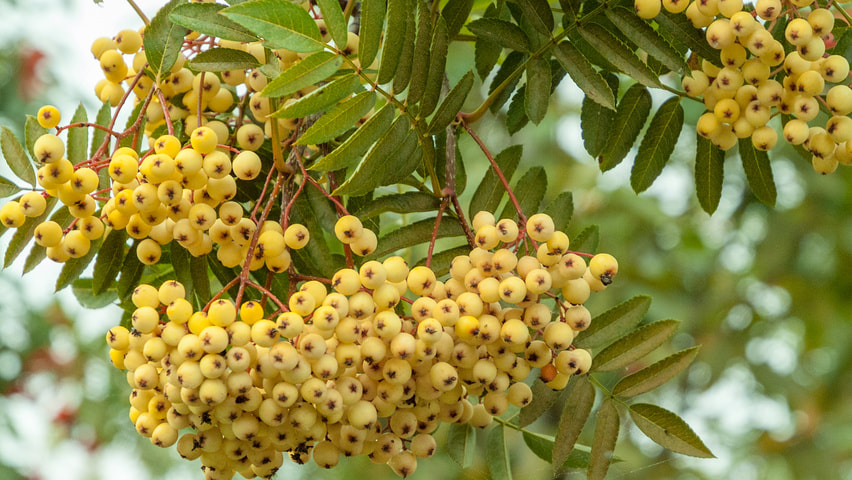
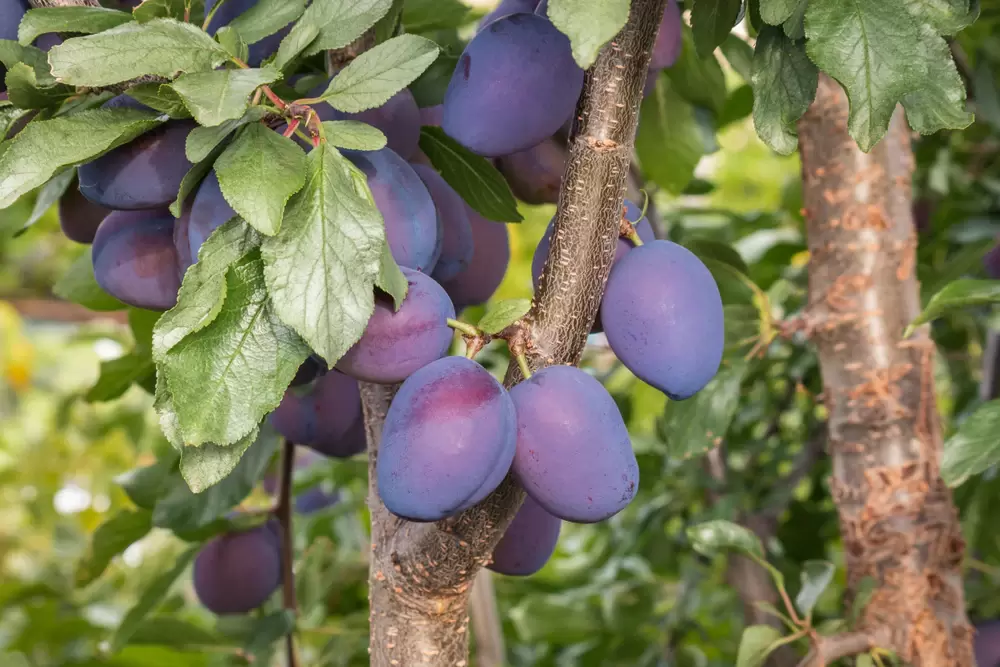
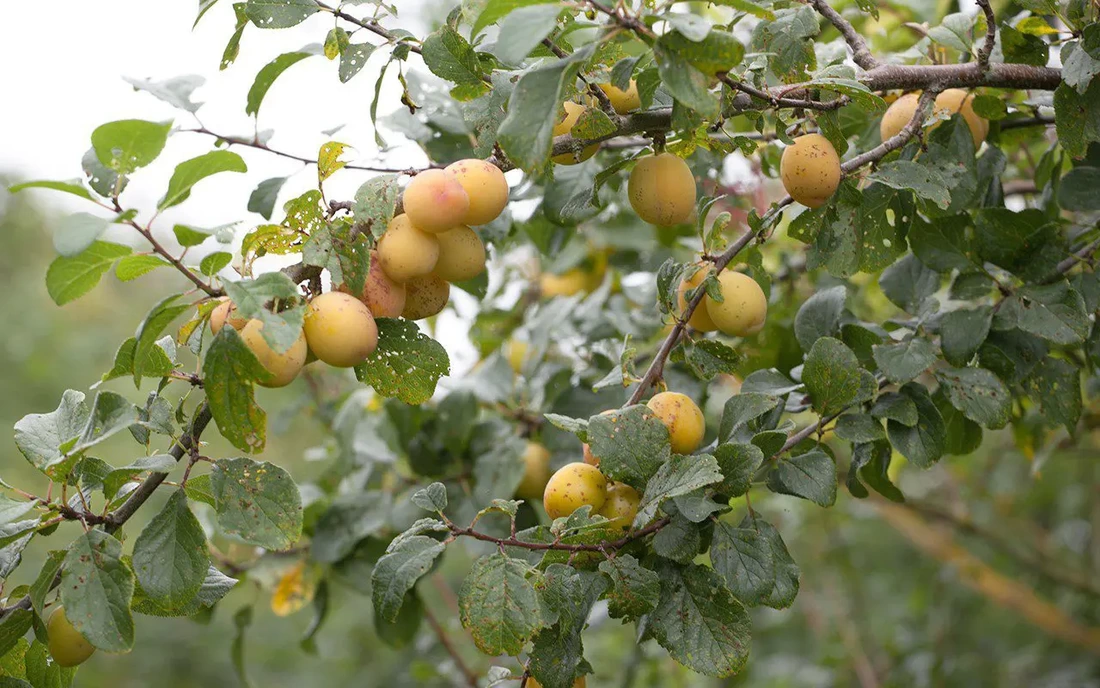
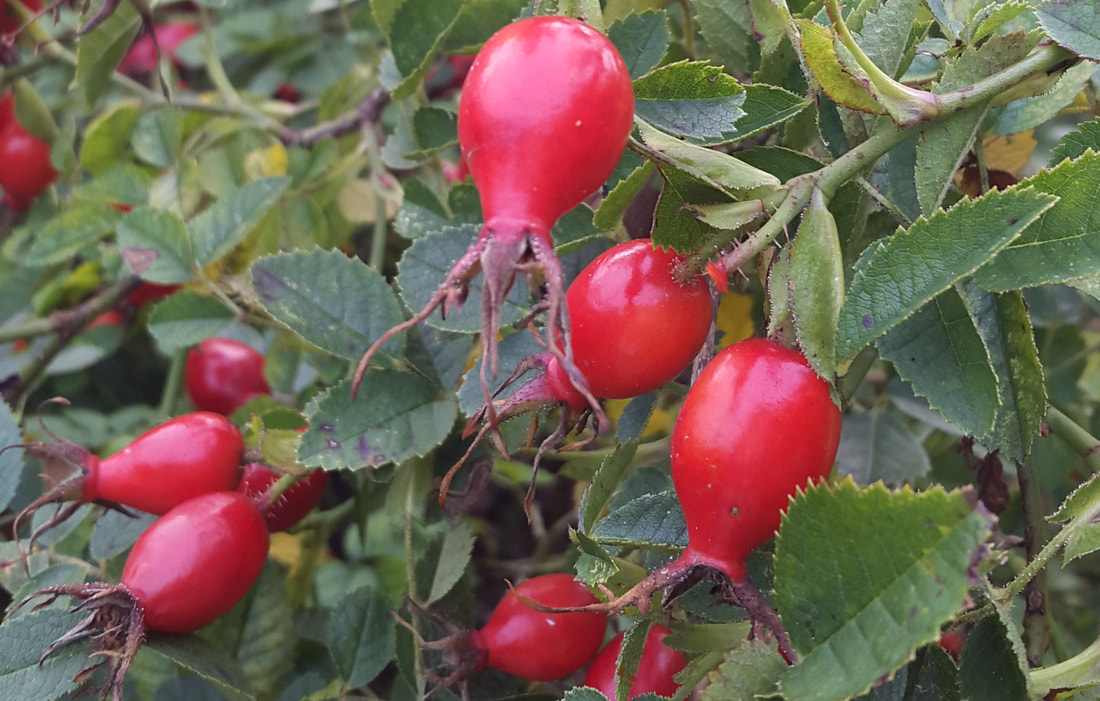
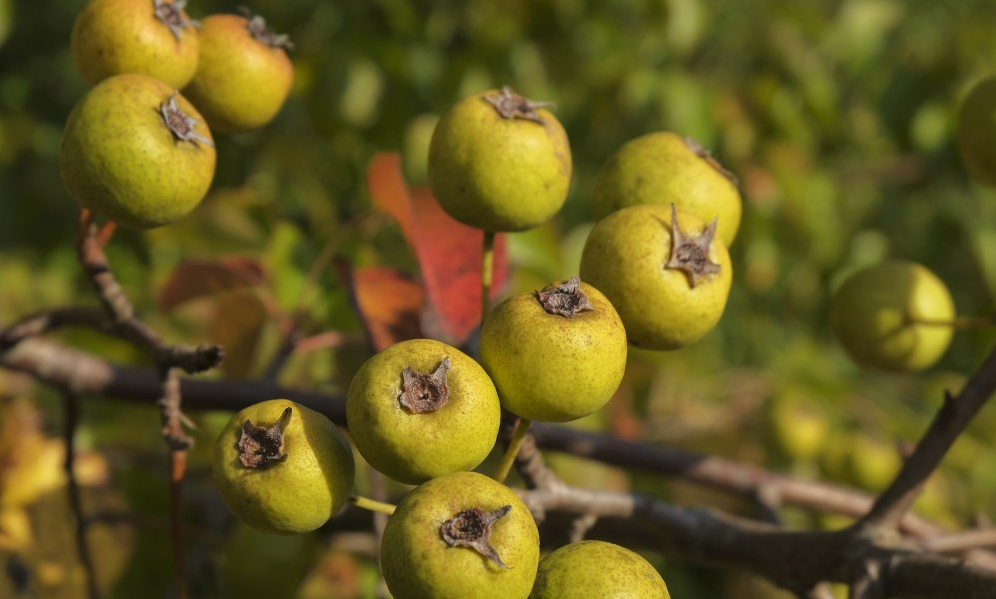
 RSS Feed
RSS Feed